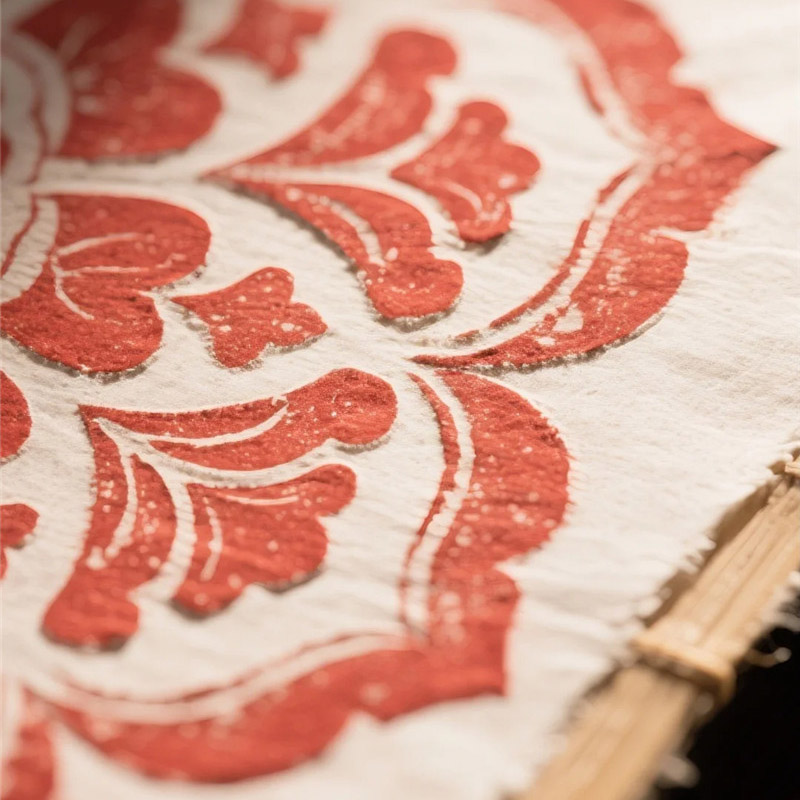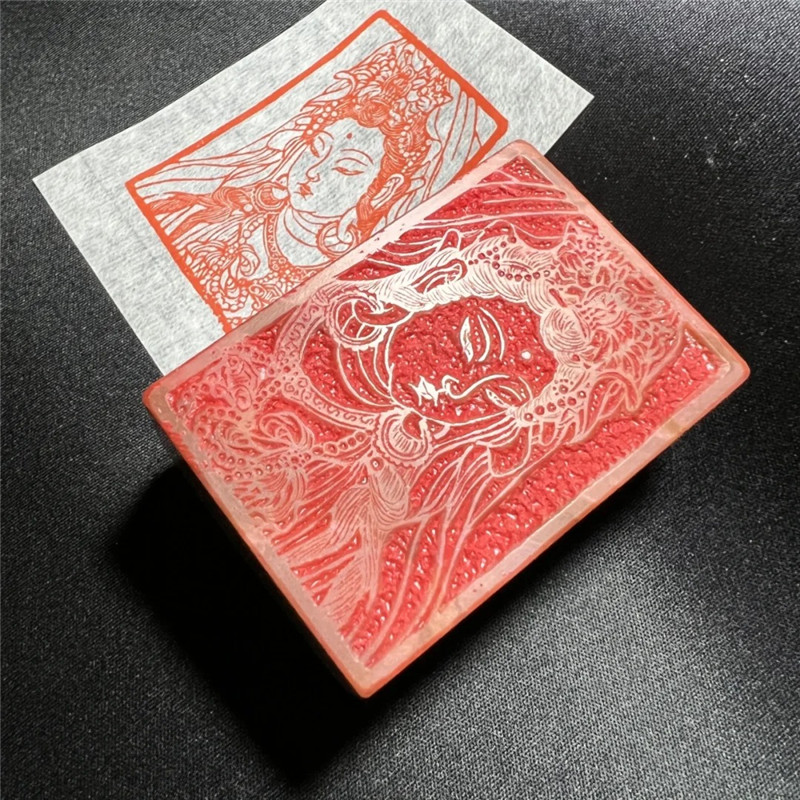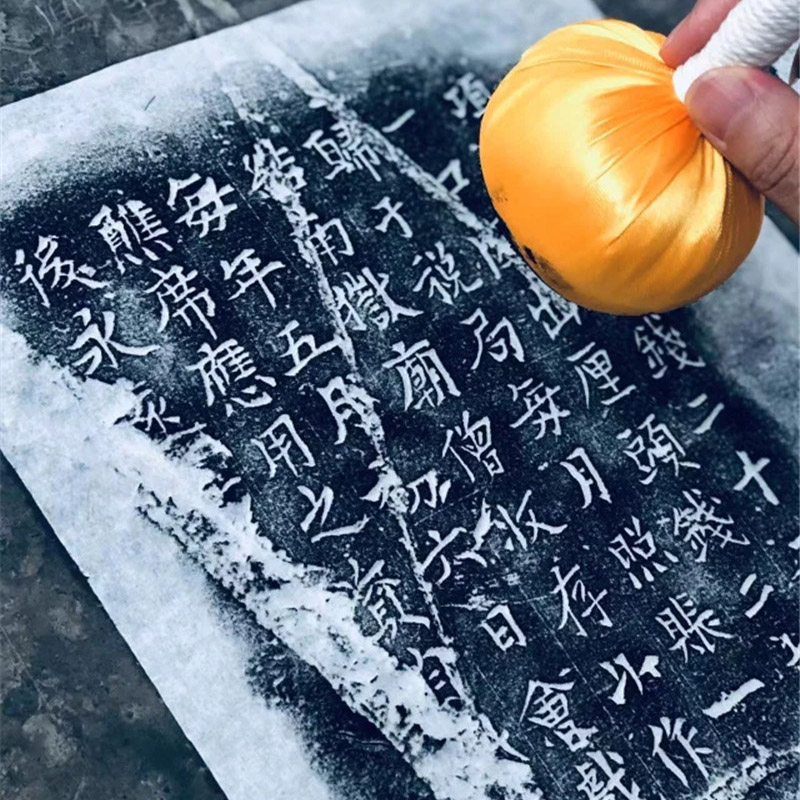The Art of Rubbing: From Practical Technique to Cultural Symbolism
I. Origins: From Functional Craft to Artistic Form
China's Stone Rubbing Technology
The embryonic form of rubbing techniques can be traced back to China's Eastern Han Dynasty (2nd century AD), initially developed for reproducing inscriptions on stone tablets, bronze vessel engravings, and rock carvings. Ancient craftsmen would moisten paper, carefully press it onto engraved surfaces, then gently tap ink to create sharp black-and-white impressions of texts or patterns - known as "rubbings."
The renowned Xiping Stone Classics rubbings serve as exemplary early specimens, providing crucial vehicles for disseminating Confucian classics. By the Tang Dynasty, the "hammer-rubbing" technique had matured significantly. The Diamond Sutra rubbing (868 AD) discovered in Dunhuang's Library Cave stands as one of the world's earliest printed artifacts.
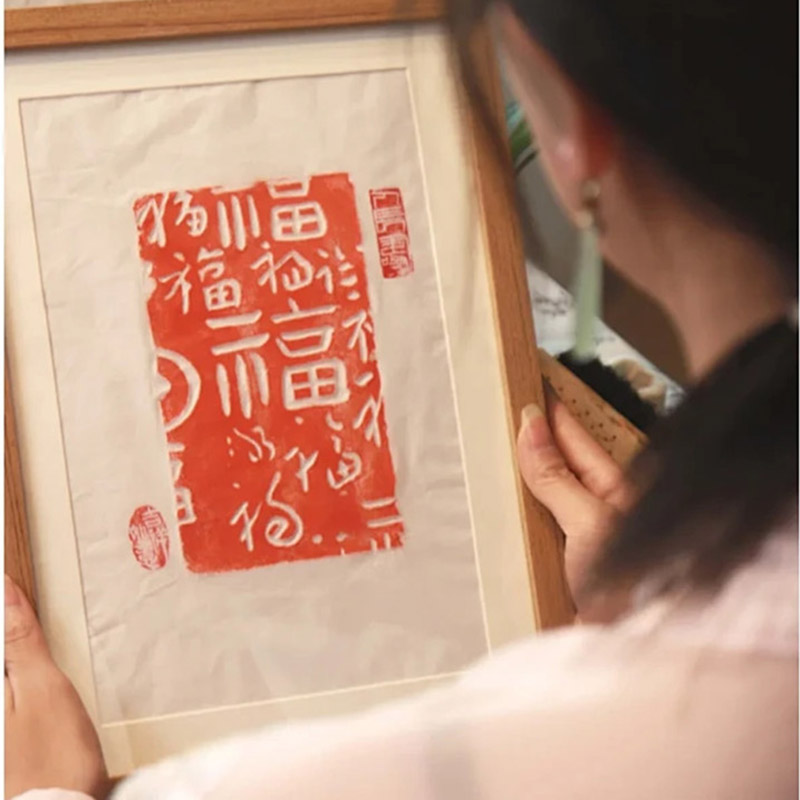
II. Eastern Traditions: Technique and Symbolism
The Literati's "Epigraphy"
During the Song Dynasty, eminent scholars like Ouyang Xiu and Zhao Mingcheng became passionate collectors of metal and stone rubbings. Through comparative analysis of rubbings from different historical periods, they established "epigraphy" (the study of inscriptions), transforming rubbing into a vital academic research methodology.
"Auspicious Rubbings" in Folk Culture
Popular folk practices included creating rubbings of door gods, New Year prints (such as Zhuxian Town woodblock prints), and auspicious motifs (like fish and bats) for festive decorations. Techniques like Shandong's "Puhui New Year paintings" skillfully blended rubbing methods with freehand painting.
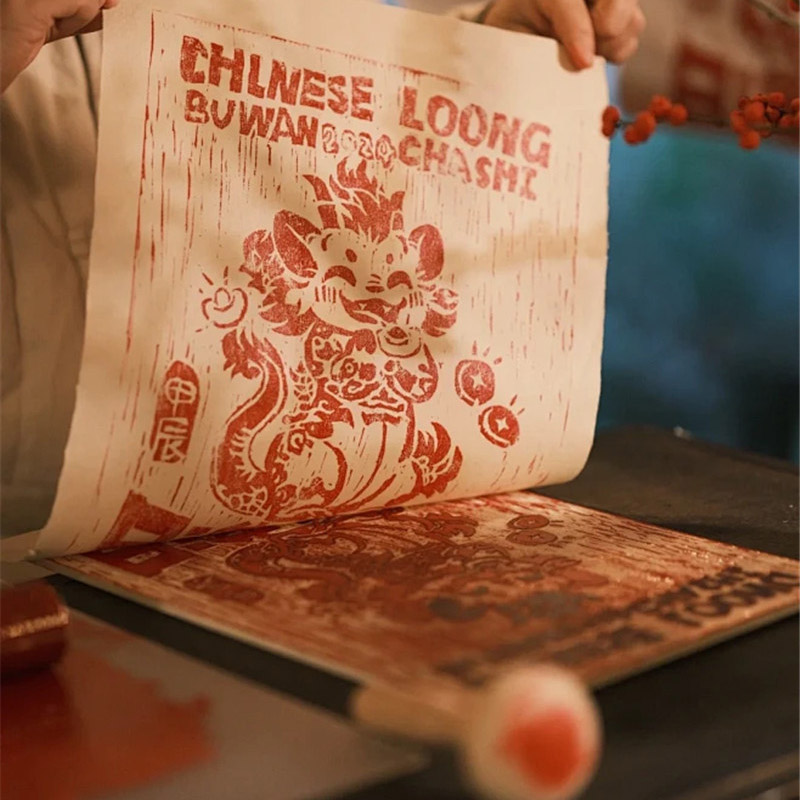
III. Philosophical Metaphors: Cultural Codes in Rubbing
The Dialectics of "Reproduction" and "Authenticity": Rubbing faithfully replicates original artifacts while simultaneously developing unique aesthetic qualities through variations in materials and techniques, mirroring the "continuity and change" dynamic in cultural transmission.
The Wisdom of "Negative Space": Chinese rubbings emphasize the dynamic interplay between ink impressions and blank spaces, embodying the Daoist philosophy of "the mutual generation of void and substance"
